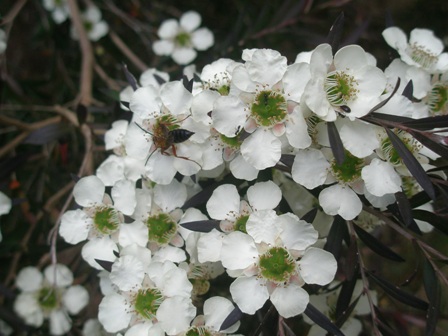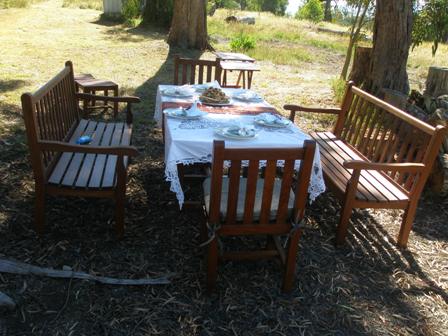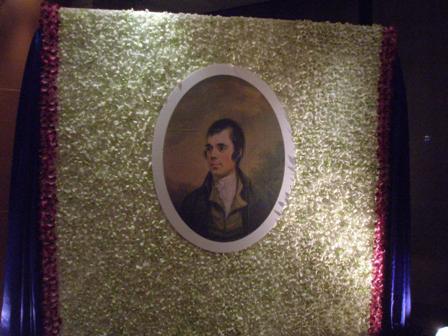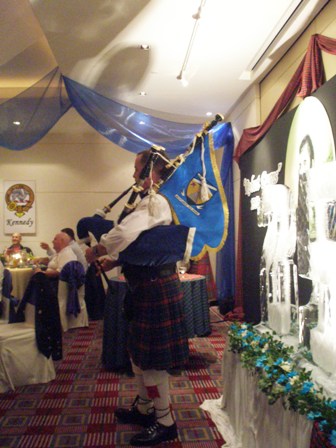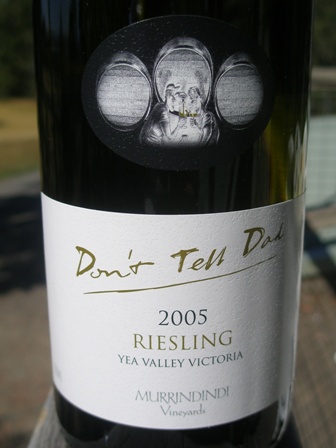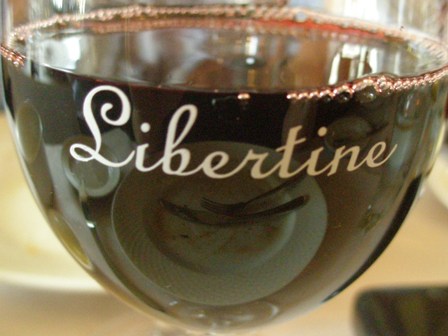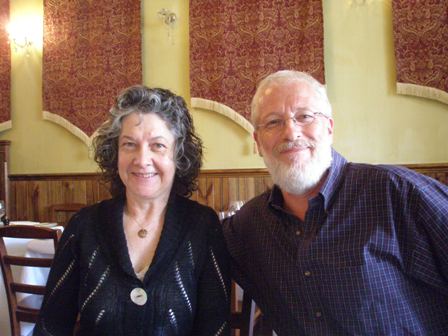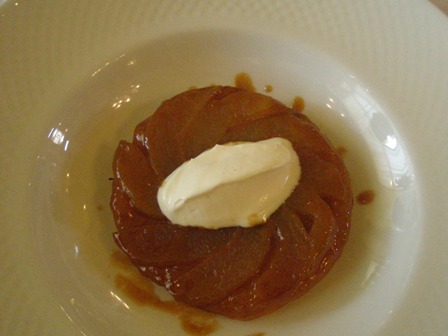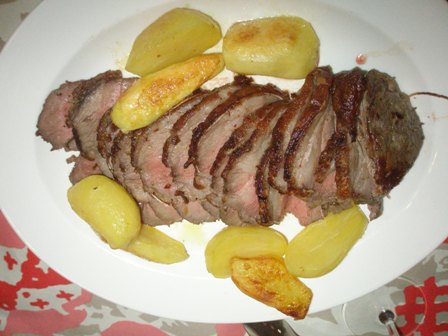
The village of Schoden (left) at the Saar River
The Saar is one of my favourite tributaries of the Mosel river. I love its wines, the landscape, the villages and the people. In early December I was roaming the region again, and visited Schoden, a small village near Wiltingen, where my friend Heinz and his mates have rented a hunting territory for many years.

Herrenberg, one of the best terroirs in Schoden, left the Saar river
There is also a vineyard and boutique winery called Herrenberg which is owned and operated by Claudia and Manfred Loch. The vineyard above belongs to them. Their wines are hand crafted and award winning.

The vines are ready for pruning, single vines where two canes are tied down

A young wild boar killed in early December offering good quality game
The forest along the Saar are inhabited by various wild animals. Particularly numerous and very difficult to hunt down are wild pigs. Wild pigs inflict huge damages to fields, orchards, paddocks and from time to time even on vineyards. But if a young pig has been successfully killed, the meat makes a wonderful lunch or dinner or both.

Liver and kidneys of the wild pig above
Here is a wild pig goulash recipe:
-500 to 800 gr. of wild pig meat
-some bacon
-onions
-some oil
-tomato paste
-150 ml red wine
-350 ml of extract from boiling game
-sour cream
-laurel, tyme and juniper berries
-salt and pepper.
If you want to enjoy it with mushrooms, you could add a selection of various wild forest mushrooms, preferably “funghi porcini” (Steinpilze in German). I just love them; they are great with wild pig.
The cooking process is like any other goulash. Add the sour cream at the end so that the goulash is not too watery.
My tip: buy the wild pig meat from the hunter if you can and make sure the animal was “not too old” (buy meat from year-old animals). This is easy if you live in Germany.
As the pairing with wine is concerned, I suggest a good red (14% alcohol), preferably a Malbec from Argentina or a Tempranilo from Spain or a Barolo from Italy. A GMT from Australia, maybe from McLaren Vale, would also do. Of course you could also have a Saar Riesling with it. From Schoden I recommend a Riesling from the Loch family of Herrenberg.



 Posted by themanfrommoselriver
Posted by themanfrommoselriver 







